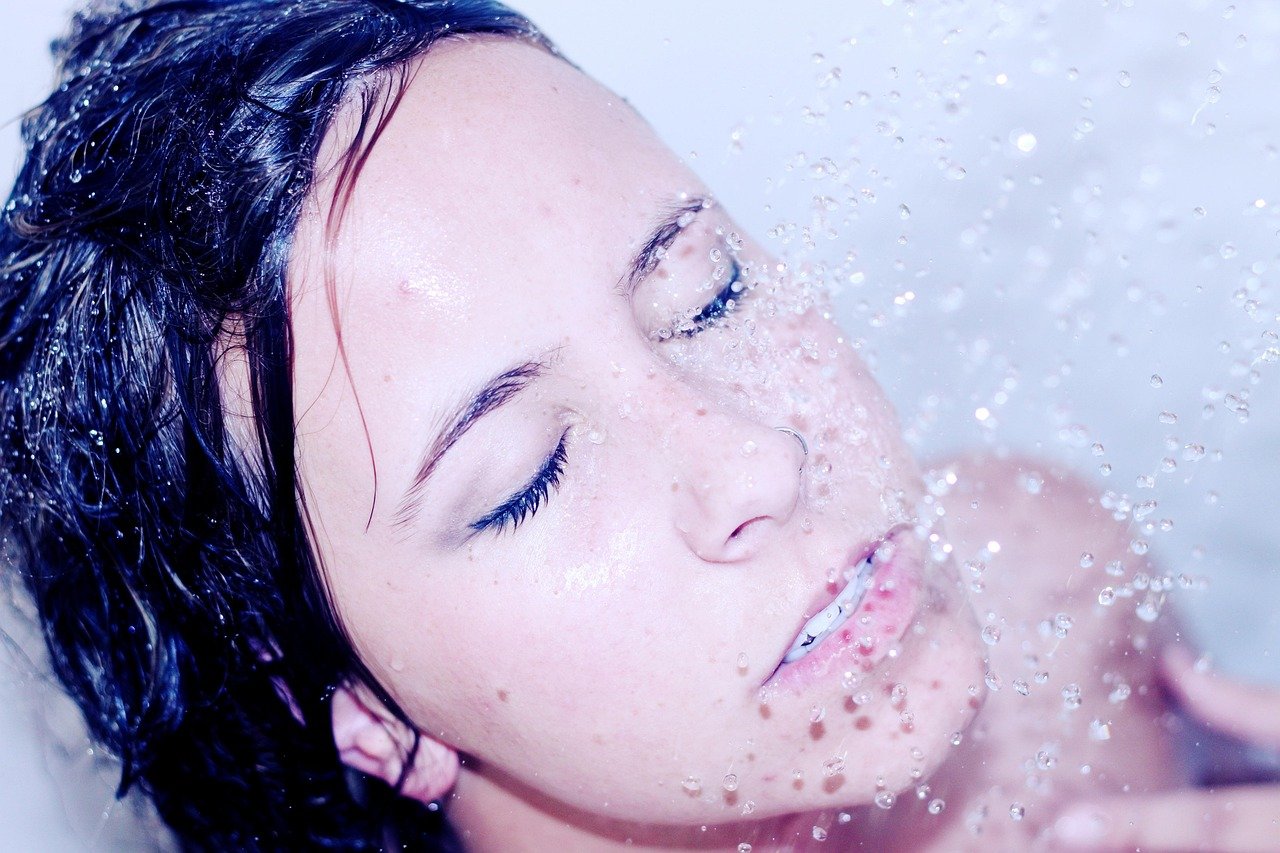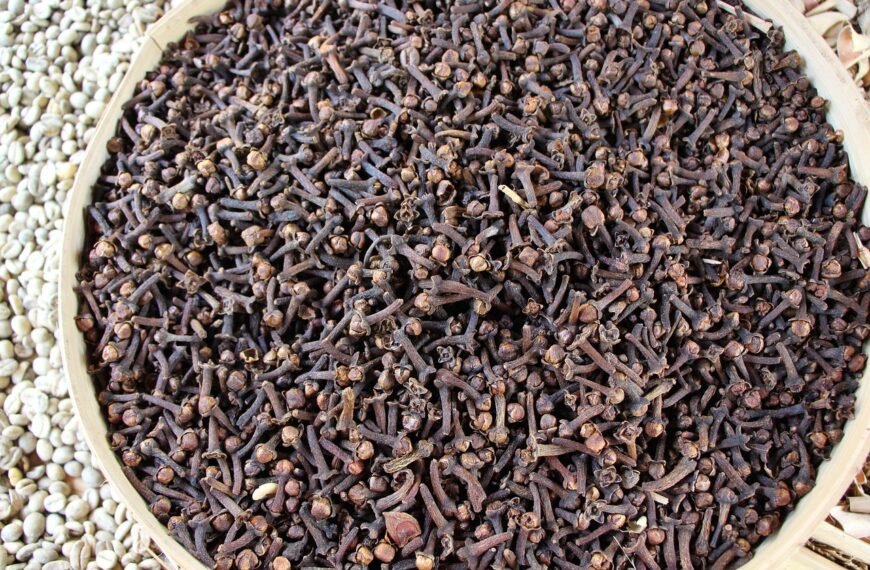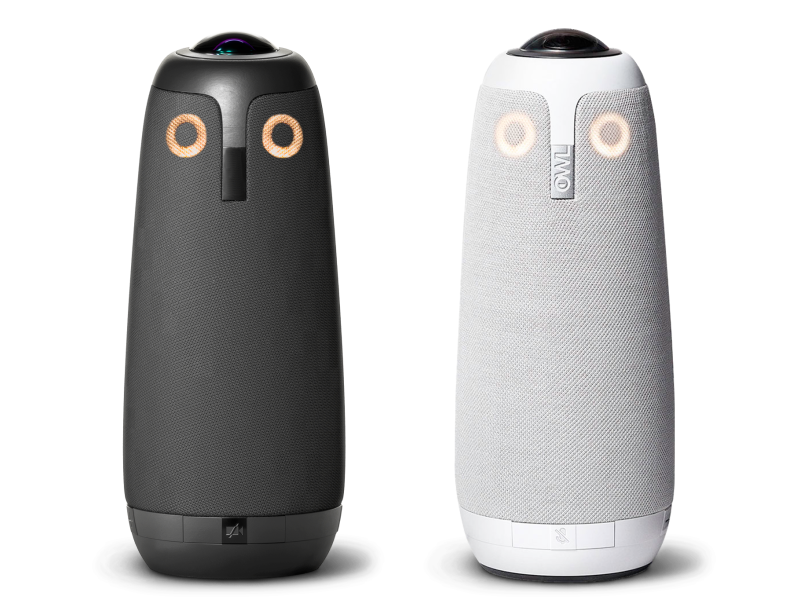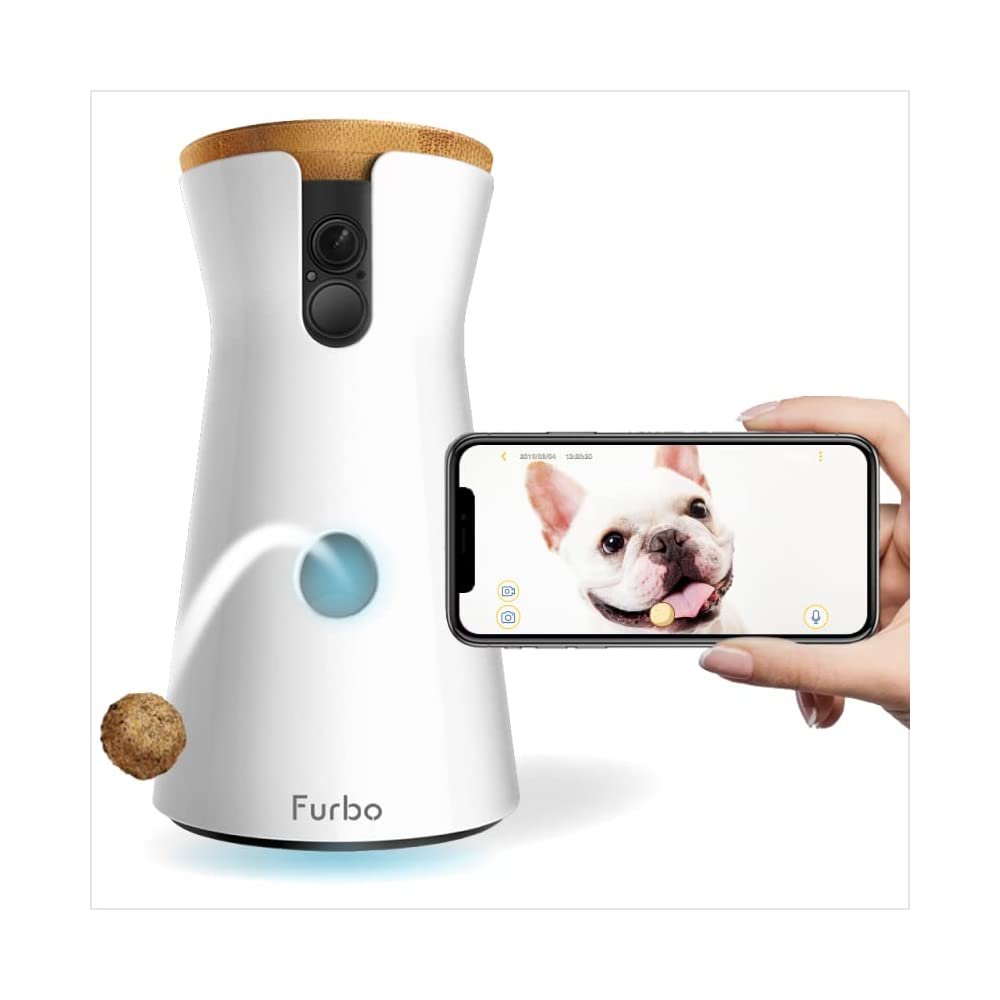That refreshing morning shower might be delivering more than just hot water and steam. Inside your shower head and hose, a hidden ecosystem of bacteria and fungi can thrive, waiting to spray into the air with the first turn of the knob. While this sounds alarming, understanding this microscopic world is the key to showering safely.
The warm, wet, and dark environment of your shower plumbing is the perfect home for microbes. After you finish showering, water sits in the hose, creating a stagnant pool where bacteria form slimy communities called biofilms. When you turn the water on, the force blasts fragments of these biofilms into a fine mist that you can easily breathe in.
Research shows that the number of bacteria in a shower hose can reach into the millions. Most are harmless, but some types, like Legionella (which can cause a serious lung infection) and certain mycobacteria, can pose a risk. The chance of getting sick is generally low for healthy people, but it is higher for those with weakened immune systems, the elderly, or people with exiting lung conditions.
The good news is that you don’t need to fear your shower. By adopting a few simple habits, you can significantly reduce any potential risk and shower with confidence.
Choose Your Shower Gear Wisely
The materials your shower is made from matter. Studies show that plastic hoses, especially certain types like PVC-P, can leach nutrients that feed bacteria, leading to much larger bacterial growth. Opting for a metal showerhead (like stainless steel or chrome-plated brass) and a hose with a smooth interior liner can make it harder for biofilms to get a foothold.
Develop Smarter Showering Habits
Your routine is your best defense. The highest concentration of aerosols happens in the first two minutes of a hot shower. Instead of standing directly under the showerhead when you turn it on, let the water run for 60-90 seconds. This flushes out a large portion of the microbes that have build up overnight. This is especially after returning from a vacation.
Control Temperature and Airflow
Bacteria like Legionella grow in warm water but are killed at higher temperatures. If your water heater is set safely high (around 60°C or 140°F), and you use a mixing valve for comfort, it helps control microbial growth. Also, always turn on the bathroom extractor fan during and for at least 5- 10 minutes after your shower. This ventilation removes moisture and clears the air of lingering, bacteria-carrying particles.
Clean and Maintain Regularly
Don’t forget basic cleaning. Regularly descale your showerhead by soaking it in vinegar or lemon juice to break down the mineral deposits that bacteria love to hide in. For households with clinically vulnerable members, replacing the shower hose and head annually is a safe and effective practice.
Ultimately, a completely sterile shower is an impossible goal. Microbes are a natural part of our environment. The goal isn’t to eliminate them but to manage their growth intelligently. By making a few smart choices, you can ensure your daily shower remains a safe and healthy ritual.


















